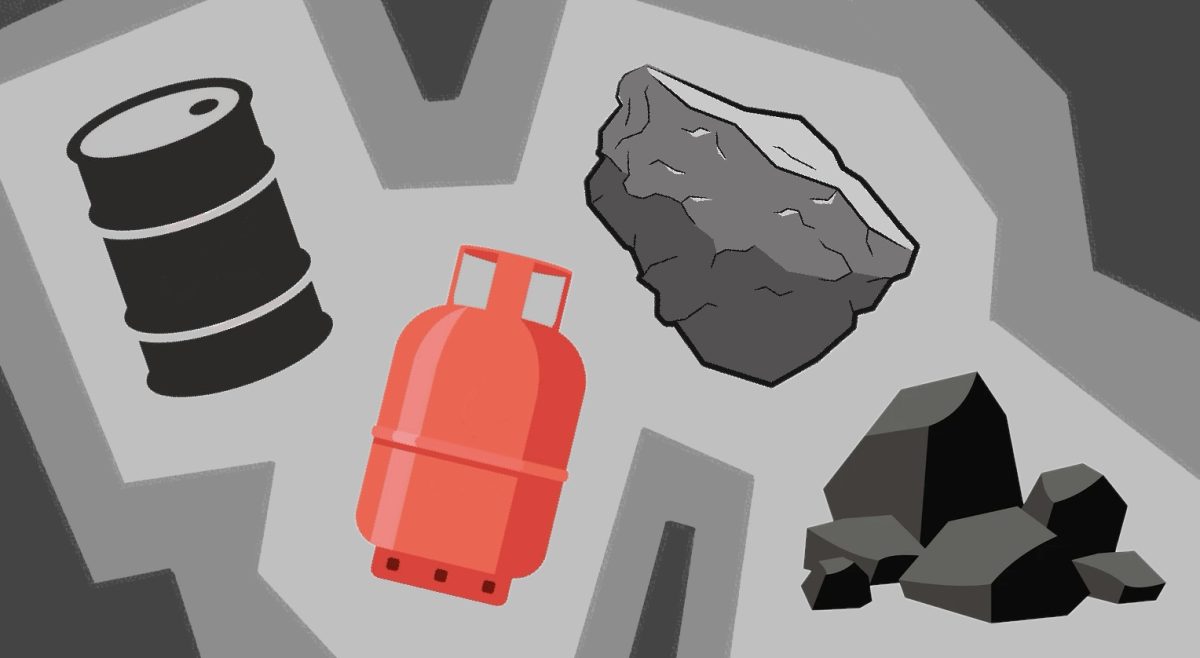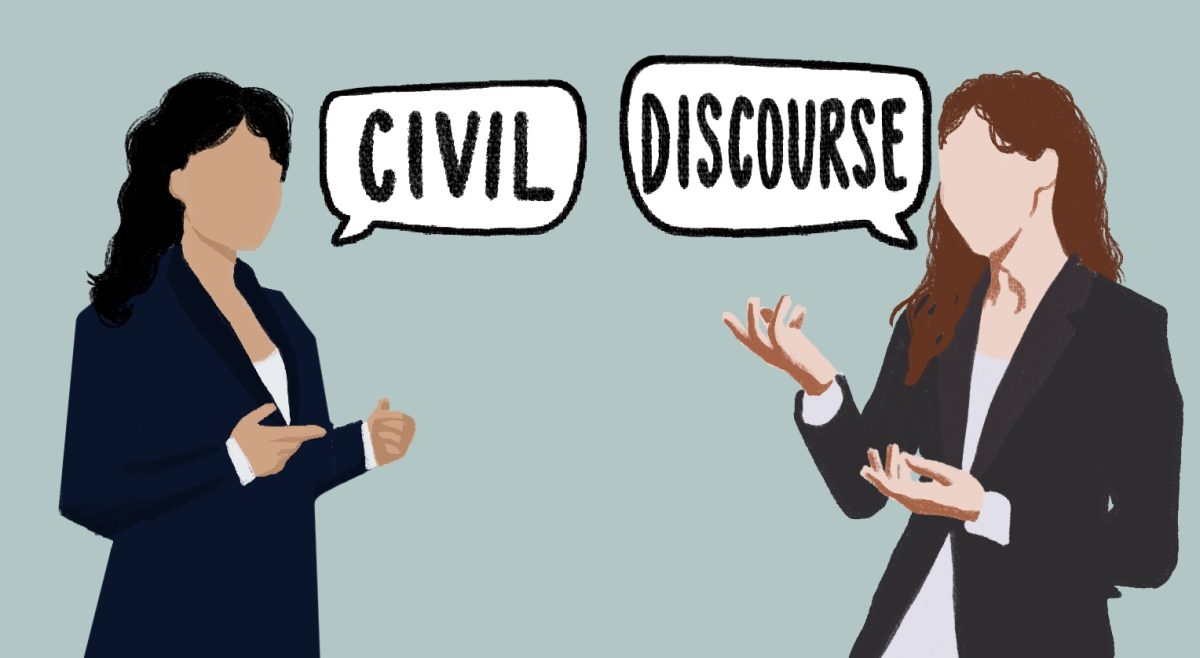For my penultimate column, we’re going to time travel. Why? Because, unfortunately, all that’s old is new again. (And also it was better than other suggestions like settling scores and relitigating the 2016 Democratic primary).
It’s the early 2010s. Suzanne Collins has just dropped what will be a new kind of Bible for the children of the early aughts: The Hunger Games. Emerging from the tradition of dystopian authors before her—your Orwells and your Bradburys and your Lowrys—Collins conjures a world popular enough to start a revolution. Her skinny, athletic, impoverished, post-apocalyptic, teen-girl protagonist, Katniss Everdeen, captures my preteen heart and those of roughly 100 million other readers.
For that, I will never forgive her.
This is because Katniss volunteers herself to be a martyr—to go to the Hunger Games, a government-sponsored reality TV show where children compete in a murderous gladiator competition—in order to save her sister from the same fate. Over the course of the trilogy, Collins paints a picture of a selfless and resilient young woman charged with saving not only her family but her society. For kids in the early 2010s, the books offered a gritty extension of the superhero genre, a gospel for a generation born into an America at war and raised in the shadow of 9/11. A world where buildings fall and people die and nothing feels particularly permanent or controllable. A world that could use a Katniss Everdeen to sacrifice herself and fix it.
In 2012, the almost $3 billion movie franchise burst onto the scene at the same time as a new series, Veronica Roth’s Divergent, gained notoriety in the preteen crowd. Divergent, too, focused on a young girl—Beatrice “Tris” Prior—leading the opposition against an oppressive regime. Roth took this new sub-genre to its natural conclusion, sacrificing Tris to the cause. These books, too, went on to become a movie franchise, raking in $865 million at the box office. Around the same time, Scott Westerfeld’s Uglies series and James Dashner’s The Maze Runner grew in popularity. More dystopias—more young martyr-hero figures, mostly young women.
That same year, in the midst of this dystopian teen martyr frenzy, a Taliban gunman boarded a bus and shot 15-year-old Malala Yousafzai in the head. The bullet slid between her skin and her skull, pushing through her eardrum before lodging in her shoulder. She doesn’t remember it, but later she was told that she covered her face when they raised the gun to her head. She thinks that must be right: when she woke up her hands were black with gunpowder.
The world reacted with justifiable and necessary horror. But in that horror, the media tilled the ground of public opinion so that people might plant seeds about the importance of young leaders like Yousafzai. About how other children, too, could hope to make the world a better place and how we must not give up even when terrible, inexcusable things happen—like someone shooting a 15-year-old girl in the head. I sat on the couch with my family, still in my school uniform, illuminated by the blue light of Diane Sawyer’s grief-pinched face as she talked about the bus and the bullet and the blood. A photo of Yousafzai floated next to her, captioned with bold, white letters: “Young HERO.”
Two years later, Yousafzai won the Nobel Peace Prize—my friends and I were elated. We wanted to be just like her. “Young people,” we told each other knowingly, “are the future.”
Why shouldn’t we have thought that? Our favorite books and movies and even real-life heroes all suggested that the world was ours for the taking and ours for the changing. They showed us the value of hard work and sacrifice. The value of giving everything you have to a cause for the sake of principle. The glory of martyrdom.
In the midst of this, though, we missed something sinister.
Those books, movies, and societal seeds worked together to cultivate a mass consciousness that excused the inaction of the people who are really in power and instead bred a mythology where young people, so brave and virile and promising, are charged with being change-makers. And those old people, with their resources and power, can sit back and feel good because they did what they could: they let us all hope that some young person, probably some young woman, could successfully bear the burden of saving us all. Malala Yousafzai or X González or Mari Copeny or Greta Thunberg. Katniss Everdeen. You.
A cursory review of the years since 2012 reveals a troubling perpetuation of massive problems—a substitution of savior figures for solutions. Instead of gun legislation, we got a courageous team of student survivors. Instead of infrastructure bills, we got the powerful Little Miss Flint. Instead of a climate plan, we got a slight teenage girl with a big voice. Instead, instead, instead.
Now, as we bear witness to another war with the potential for greater conflict to come, it’s time to face the painful truth: young martyrs probably can’t save us, at least not by themselves. And leveraging literature and media to convince children that there is glory in dying (here’s looking at you, Disney) feels like a shitty way to quell our fears about how to cope with the challenges we’re facing.
We can offer children better dreams than risking their lives—than martyrdom—without robbing them of their agency. We can tell them stories of what it means to surrender yourself to the reality that your future contains abundant joy and crushing grief and everything in between. To know that life will hurt as much as it is worth. The first step is rejecting the instinct to merely glorify courageous young leaders—we must find ways to support them by holding those adults with power accountable, and we must construct cultural texts that reflect this. We have to travel through the baseness of fear to access the parts of ourselves that enable progress—the compassion and grit and anger necessary to engage in meaningful change.
Above all else, we cannot continue to ask children to fight on their own. If we do, I fear that they will find themselves looking down the barrel of someone else’s gun only to wake up with the soot and ashes of the end of the world on their hands, wondering if they are to blame.
Featured Graphic by Liz Schwab/ Heights Editor













